There may not be a need for a car in most of Japan’s major cities like Tokyo or Osaka, but having one can make life more convenient as you travel. Before renting a car as a foreigner while traveling in Japan, you will need to pre-apply for special documentation.
When driving in Japan as a foreigner, you need a variety of international documentation. Depending on your home country, obtaining an International Driver’s Permit (IDP) can be easier than others.
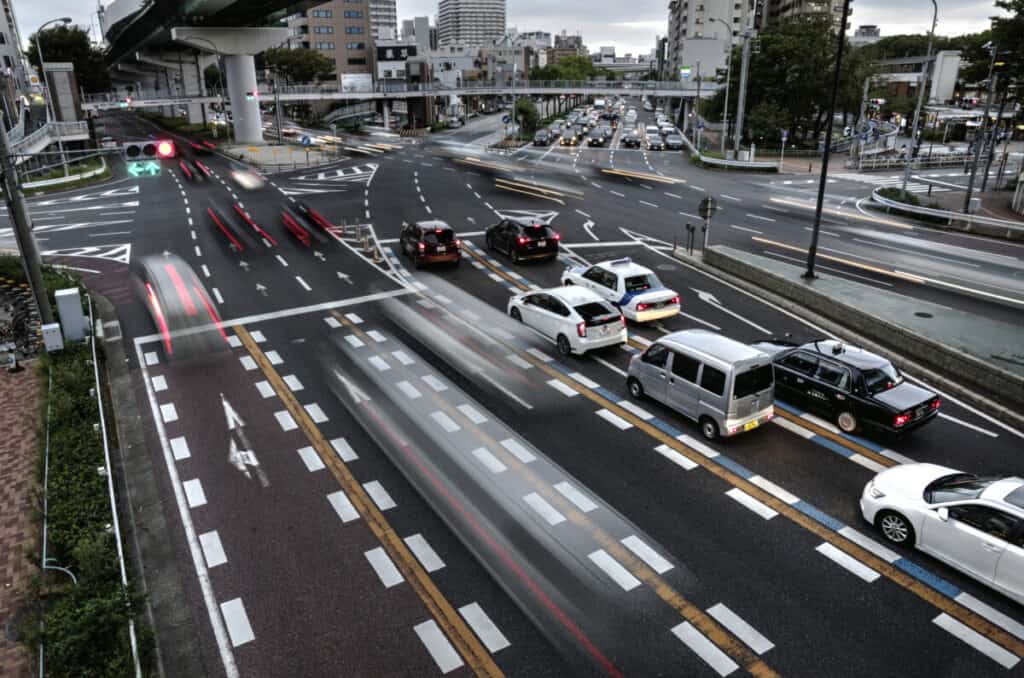
Examinations are offered to visitors from countries included in Japan’s bilateral roadway agreements. These visitors may also be required to provide special documentation while driving. Documentation may include Japanese and English identification cards, international driver’s licenses, and passports.
Driving Requirements in Japan
In addition to the important documents required, there are other requirements. Japanese government officials accept only countries that are associated with the 1949 Geneva Convention. Some areas have special driving requirements, such as the toll road where you must pay to use these roads.
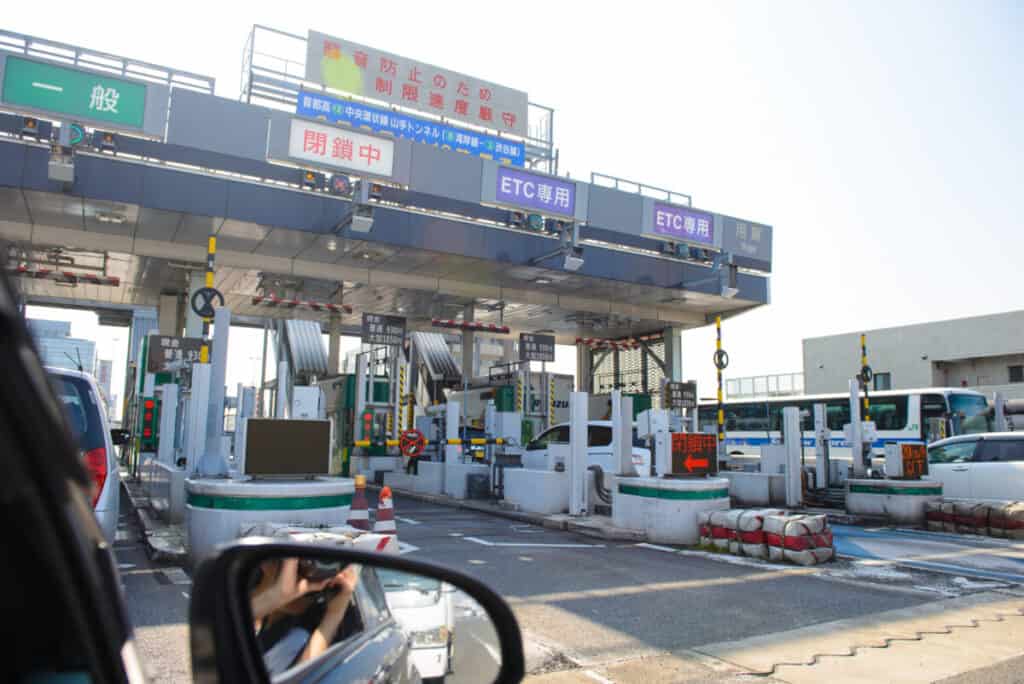
General driving requirements and laws include:
- The legal driving age is 18 years old
- No driving under the influence
- Must abide by all road signage and markings
- Yield for all pedestrians and bicycles
The general driving requirements in Japan are similar to many European countries. Before driving in Japan, residents and visitors must take an examination and acquire a license. Visitors who drive in Japan can acquire a license from the American Automobile Association (AAA).
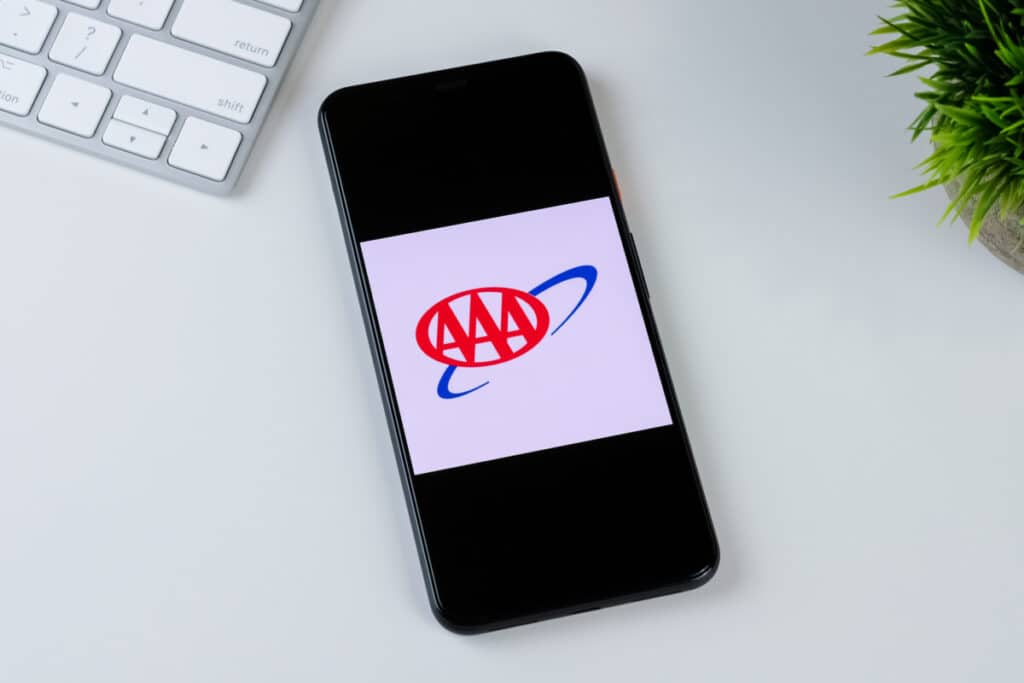
On average, it takes 15 days to process, so you should apply for your International Driver’s Permit before leaving for your trip to Japan. Additionally, you cannot acquire an IDP once in Japan.
International Driving Requirements
Many countries have bilateral agreements with Japan that allow citizens to skip taking written or roadway exams if they already have valid driver’s licenses. Furthermore, these people with valid driver’s licenses must also meet the other basic driving requirements for the country of Japan.
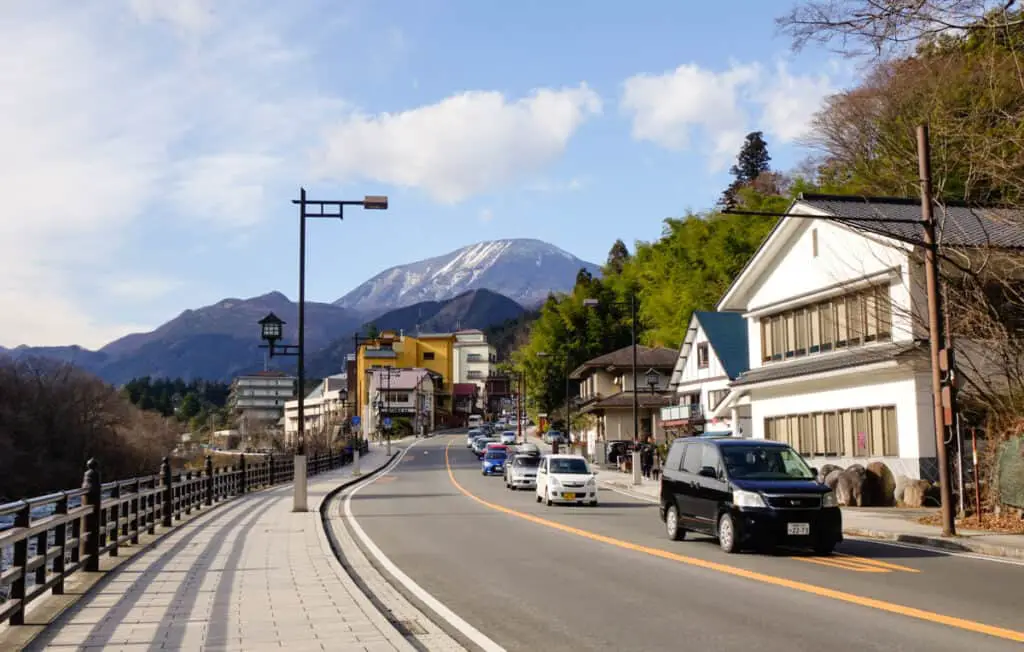
Foreigners holding an International Driving Permit (IDP) can drive in Japan for a maximum of one year, even though the IDP is valid for longer. International driver’s licenses are not granted in Japan and must be obtained in advance in your native country.
Countries with bilateral agreements include France, Australia, and the United Kingdom. Only a few states in the USA have a bilateral agreement with Japan, including Hawaii, Washington, and more.
General Driving Requirements
Everyone in Japan is required to have a driver’s license. Like many other countries, having a license is Japan’s way of guaranteeing the public’s safety on the roadway.

So, if you intend on operating a motor vehicle in Japan, you will need to apply for an IDP.
Foreign Driving Requirements
Foreign guests and temporary residents are more than welcome to drive while in Japan. However, driving in Japan as a visitor requires several important documents. The most important document is an International Driving Permit (IDP), allowing foreigners to drive on major roadways in Japan.
You can obtain IDP’s easily by passing an examination and then applying for your license. After application, it can take up to 30 days to receive your identification in the mail.
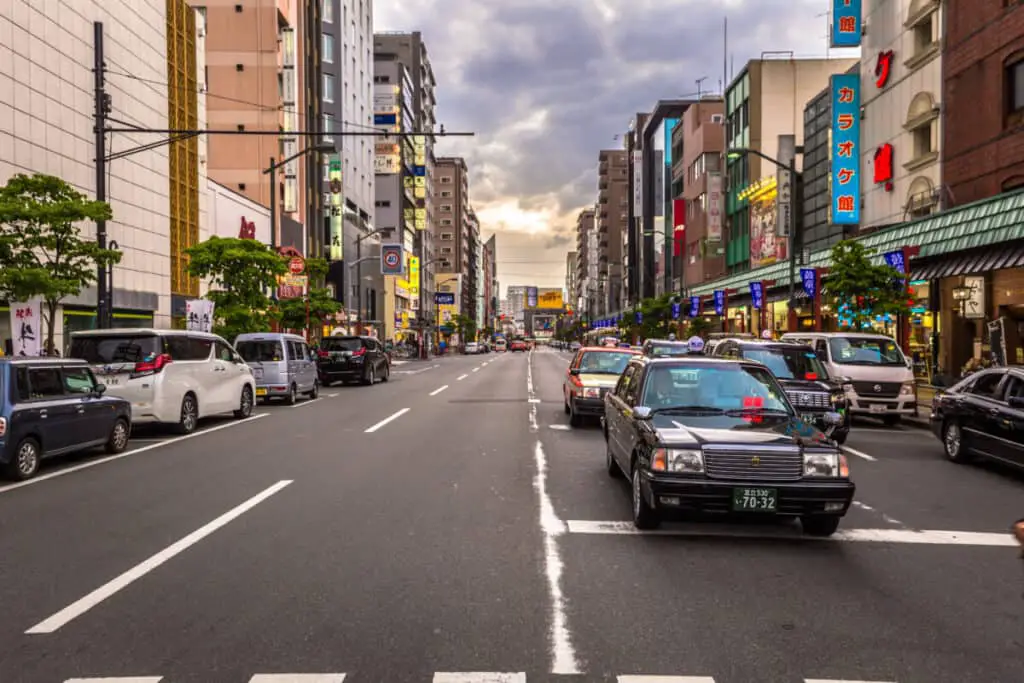
In many cases, someone who already has a driver’s license will easily pass the driving examination. Most information on the driving exam relates to basic driving knowledge such as common sense and road signs.
Japan has bilateral agreements with many countries to make things easier for travelers. These agreements let visitors obtain IDPs easier by skipping additional driver’s examinations.
Japan’s agreements do not make it harder for the citizens of other countries to drive. They may just require additional road exams. For example, excluded countries -like the United States- may be required to take an additional practical exam to confirm their driving knowledge and skill.

Authorities may also require additional documentation for identification purposes when driving. To be safe, keep all documentation on your person at all times when driving (unless specified otherwise).
Basic foreign driving requirements include:
- A valid International Driving Permit (IDP)
- A valid copy of your first-language (English) license
- A valid copy of your first-language (English) license in Japanese
- A valid passport
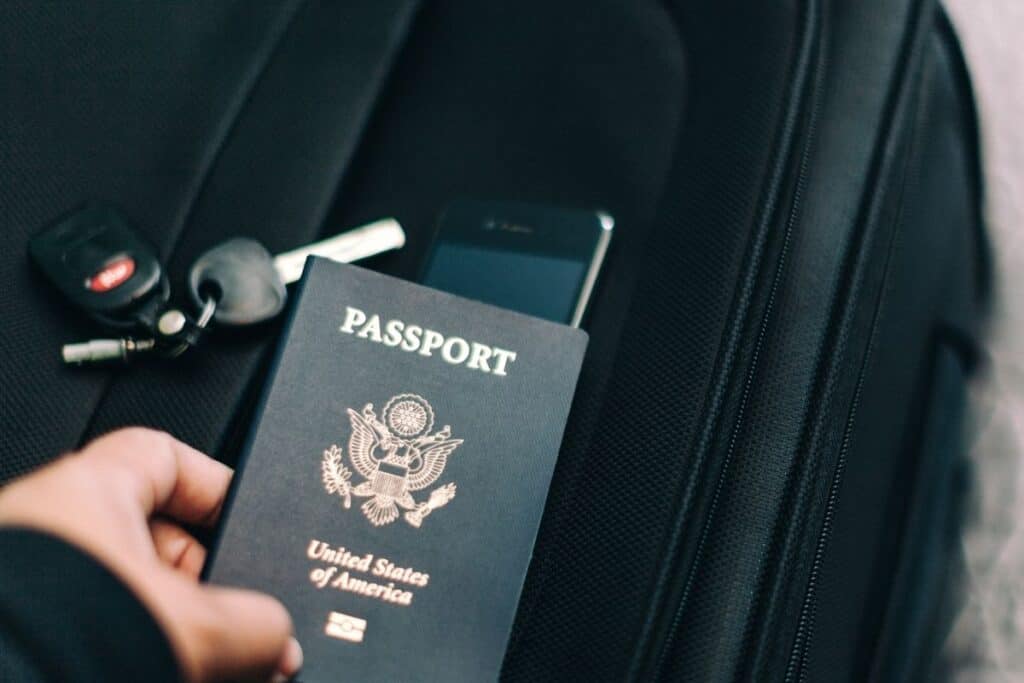
The most common way that foreign visitors travel by car is using one of the many popular car rental services. If you do not have proper documentation, these rental services will decline you immediately. You can find many car rental services throughout most major cities, and you can find them inside almost any airport.
Japanese Rules of the Road
Japan’s road rules are similar to universal rules of the road, such as yielding to pedestrians, abiding by a speed limit, and obeying road signs. Like most other countries, Japan requires all drivers and passengers to wear seatbelts. There are repercussions for not wearing a seatbelt, like hefty fines or permit suspension.
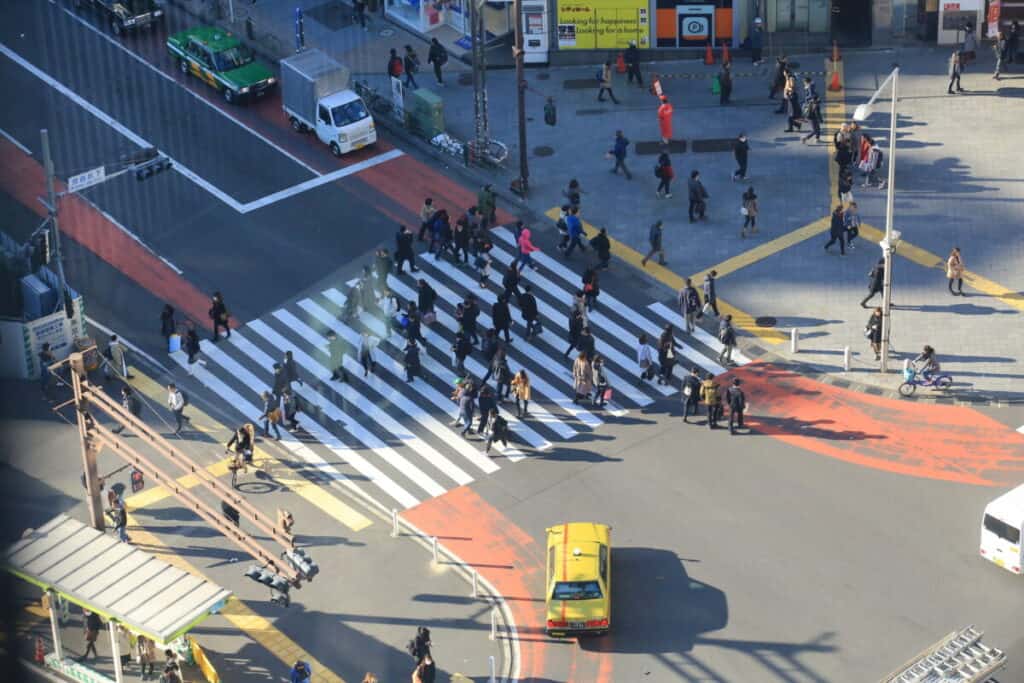
Basic Japanese rules of the road include:
- The legal driving age is 18
- Driving on the left side of the road
- Law requires you to stop at railroad crossings
- Wearing seatbelts
- A green arrow indicates you are “next” to go
Learning Japan’s rules of the road should come as no problem to any experienced driver. Aside from Japanese cars having a driver’s seat on the right side, there are very few differences between countries like the United States, the United Kingdom, and Canada.

Speed
Speed is a curious part of Japanese driving customs. The general speed limit of unmarked roads is 60 km/h on ordinary roads or 100 km/h on expressways. Few countries have an official standard speed limit. However, in urban areas, the speed limits are quite low and are normally followed by almost all Japanese drivers.
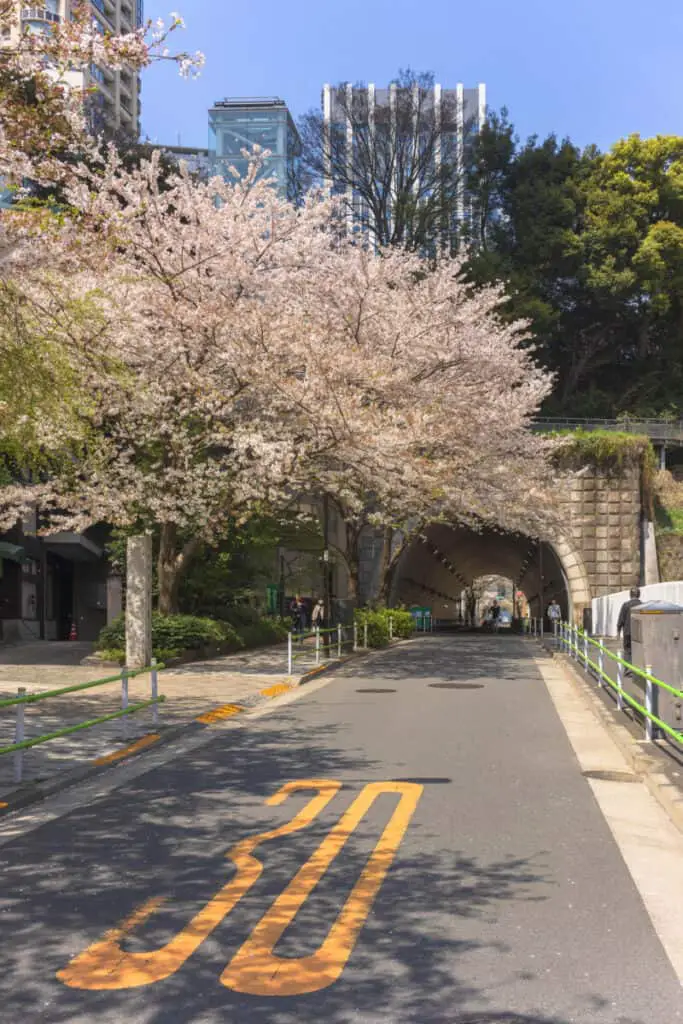
Road Signs
Road signs control the traffic direction, yielding, speed, weather warnings, and more. Japanese road signs are similar to other countries, but they also have exclusive road signs. If you are a foreign driver, you must familiarize yourself with the Japanese road signs like the red, triangular stop signs.
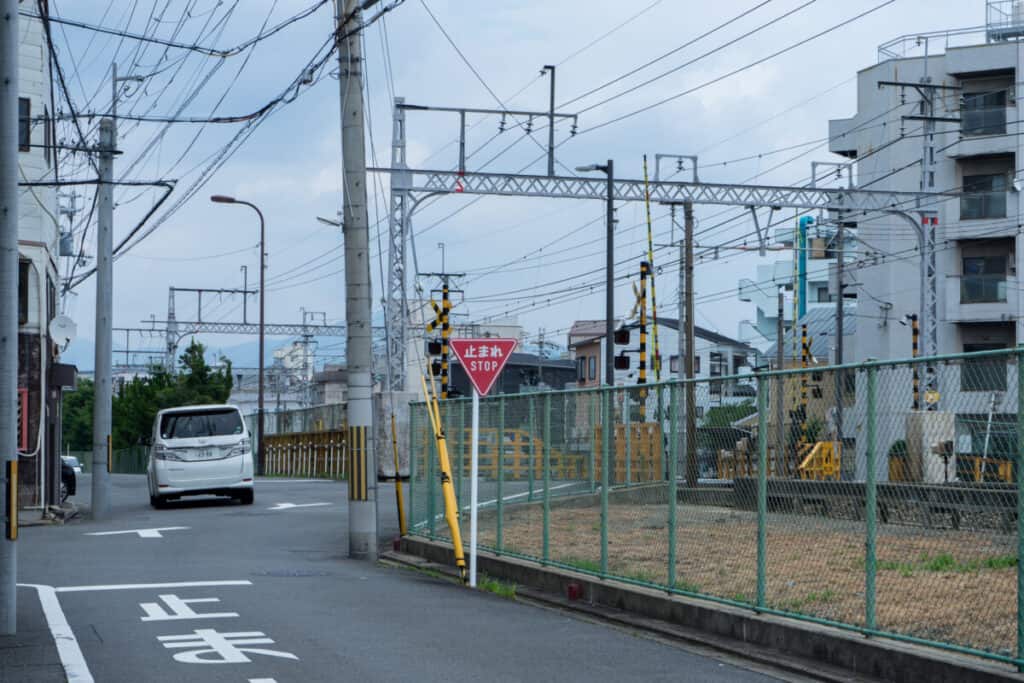
Shapes are only one thing that differs. If you are going to drive on any major roadway, you must learn light patterns and other important identifiers.
Sign memorization is also a part of the driving examination foreigners must take for their IDP. Those who want to pass their exam must be capable of identifying the correct signs.
It is also very common for roads themselves painted with the speed limits especially on city streets and somewhat less common in rural settings.
Legal Driving Age
The legal driving age in Japan is eighteen. After reaching this age, Japanese citizens can take a driving test and obtain a driver’s license. To get a driver’s license as a resident of Japan, you must understand the basic rules of the road, pass a driver’s test, and be familiar with Japanese road signs.
It is a common occurrence that when Japanese renew their license that they are required to take a one-hour class to renew their driver’s license.
Foreign visitors must be at least eighteen years old to drive in Japan.
Japanese Driving Customs
Japanese driving customs are unwritten rules. These will not necessarily get you in trouble. However, breaking these unwritten rules is considered socially unacceptable and may get you a few strange looks.

General Japanese driving customs include:
- Passing on the right
- Reversing into parking spots
- Drivers use hazard lights to communicate (wave, thank, scold, etc.)
- Sharing cars with other people (mutual ownership) is common
Etiquette
Japanese driving culture is very patient so, if you are in a rush to get places, you may not enjoy driving in Japan. Unlike speeding, etiquette will not get you a ticket. These rules of the road are unspoken, but they can create a real social taboo.
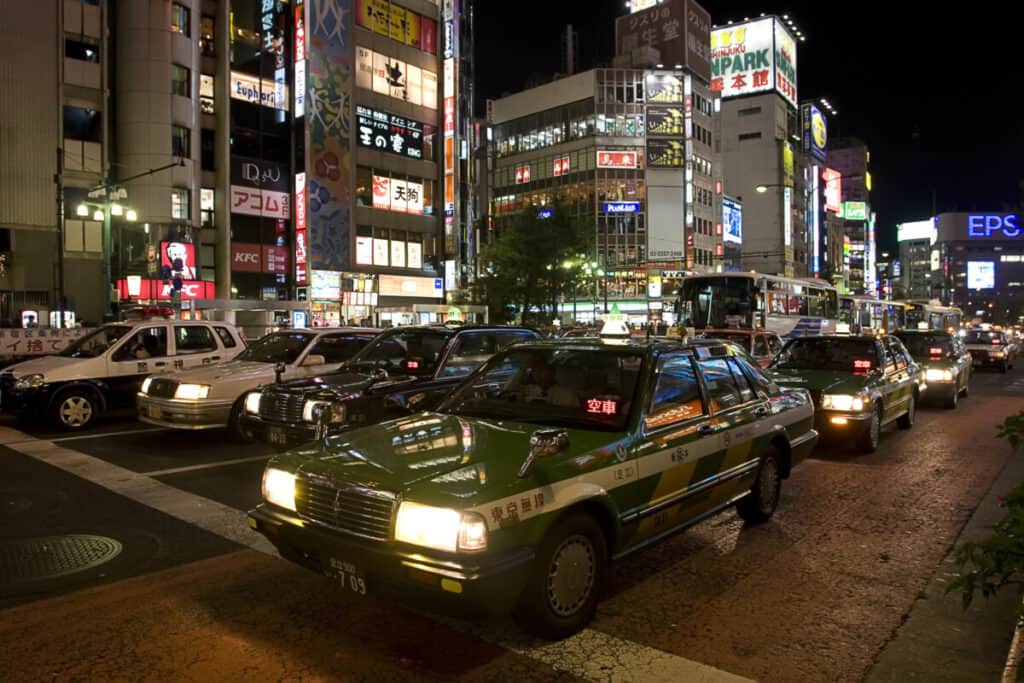
The social aspect of Japanese culture is just as important in driving as it is in daily conversation. Approach every confrontation on the roadway like an interaction with a stranger, friend, or college. Behave with restraint and be patient.
Police Lights
Police often keep flashing lights on at all times when in route to an emergency, so they are easy to identify among other cars. In Japan, flashing lights will be accompanied by loud alarms and even a voice PA system if there is an emergency.
Police Emergencies Dial 110
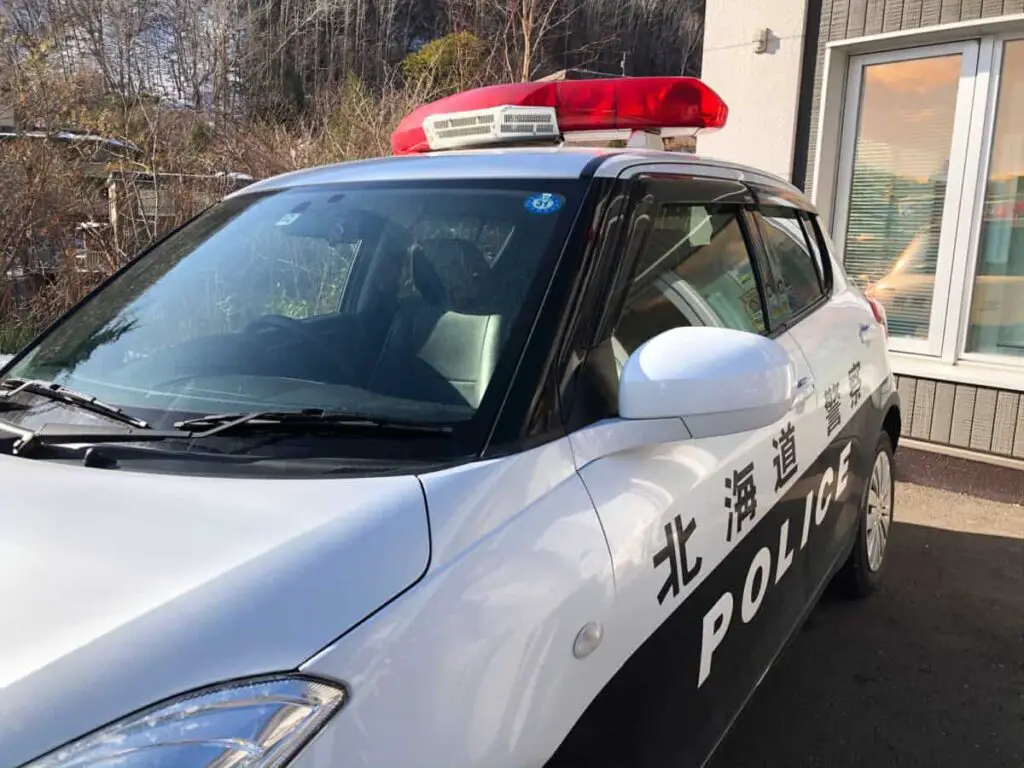
For non-native visitors, flashing lights alone can be alarming because of their use to alert emergencies in their home country. Pay attention to the sound of police vehicles. If there is no alarm, they likely are not intending to pull you over.
Free Roadside Help With Most Rental Vehicles
Japan car rental companies offers free roadside help across the country. Roadside help adds a layer of protection for residents and foreigners who have unexpected rental car problems.
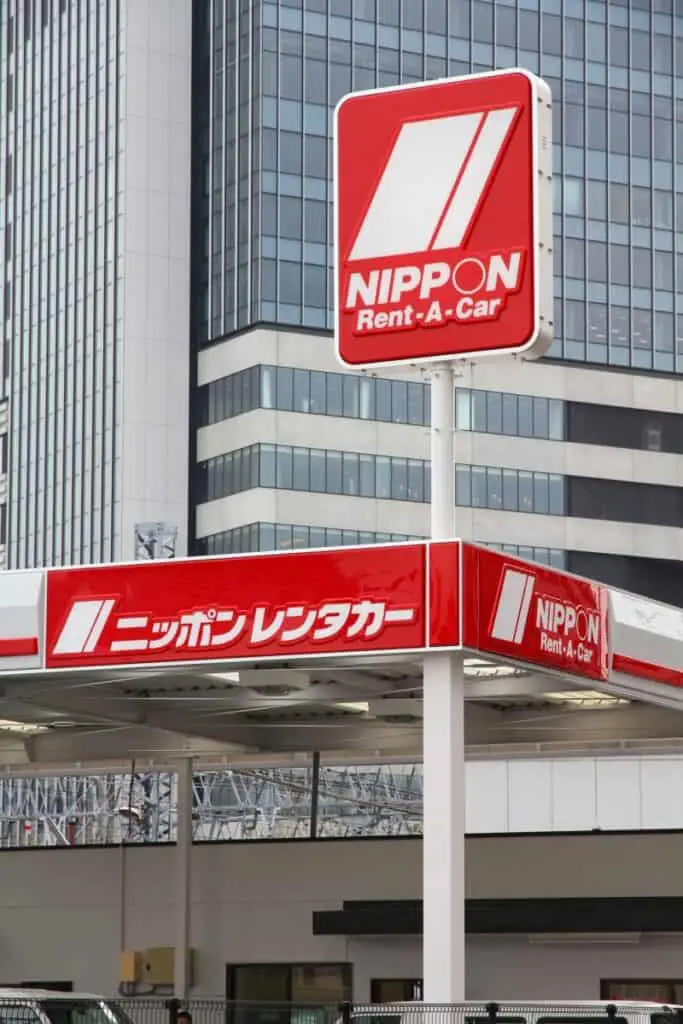
Most roadside assistance programs take no longer than twenty minutes to show up. If necessary, they will even tow your car rental car without a cost (check with rental beforehand).
Access roadside assistance by calling your rental service and your rental car company can arrange a new car (if applicable).
Japan Automobile Federation (Roadside Assistance)
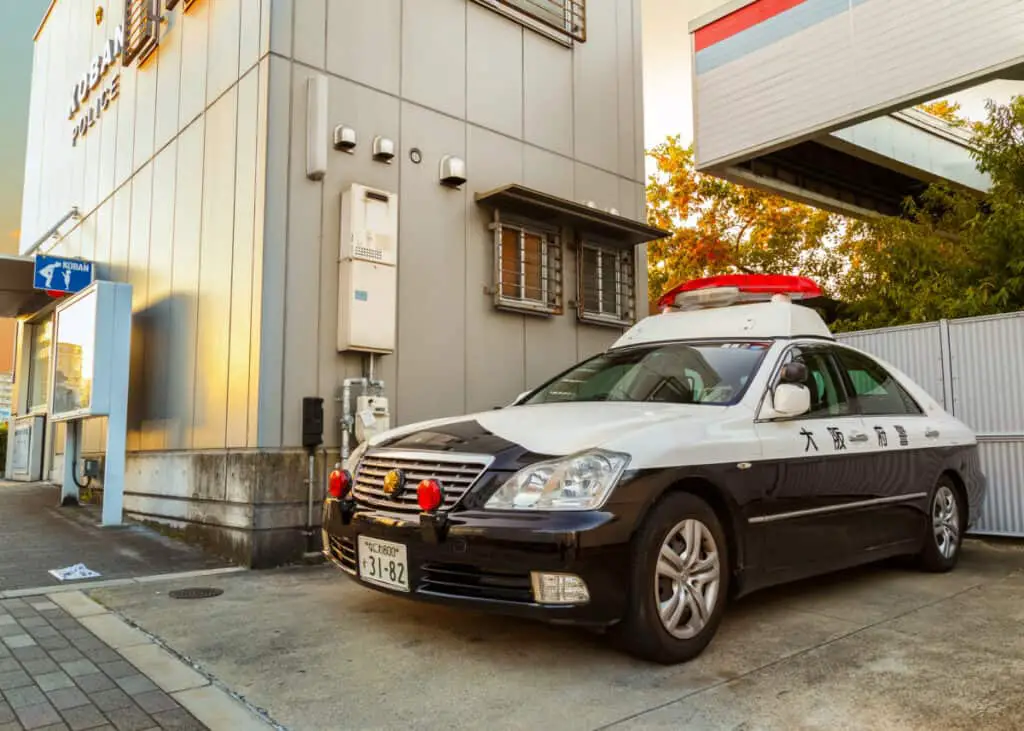
If involved in an accident and an ambulance/fire department is needed the number to dial is 119
Police services can be reached by dialing 110
Taking long drives on the road in Japan can be an enjoyable way to enjoy the countryside. Before you go driving on the road, learn the rules of the road. Every person who drives on Japan’s roads is required to have a valid driver’s license. International visitors are required to have a valid International Driving Permit.

Depending on where you live, the rules of the road might vary from your native country. For instance, driving on the left side of the road is something that American’s are unfamiliar with doing daily.
However, after driving this way briefly, you will adjust to the new driving style very quickly.
AAA International Drivers License Application
Final Thoughts
Driving in Japan is all about legality. If you do not have legal documentation and an approved IDP, you cannot drive on Japan’s roadways. Becoming approved for this driving permit is simple. Go online, make an appointment, and take a single-day practical exam. In some cases, the practical exam is not required if your country has a bilateral agreement with Japan, overriding the need to take the roadway exam.









